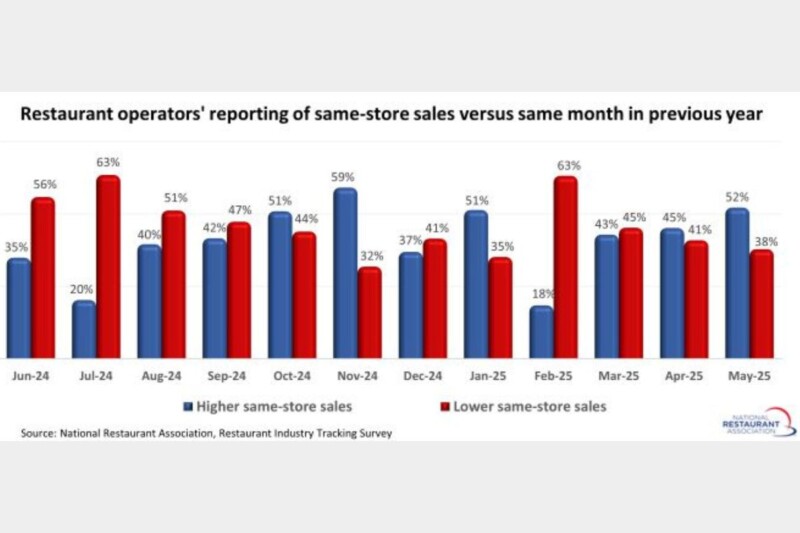Despite Much Turmoil, Traffic And Sales Improved In Most Global Foodservice Markets Third Quarter
In spite of much economic and social disruption, foodservice activity improved moderately in most of the major world markets in the third quarter 2016, compared to the same quarter in 2015, reported The NPD Group. The Rosemont, Ill., research group tracks consumer foodservice activity in 12 markets around the world, and has just added South Korea as the 13th.
Traffic rose or at least was flat during the third quarter in all the developed European, Asian and North American markets except for the U.S., which saw visits decline by 1%. Traffic was especially strong in Australia, and posted good gains in Germany and Spain, as economic outlooks improved. Post-Brexit, traffic growth in the United Kingdom slowed but remained positive. Traffic was flat in France, which saw another terror attack, and Italy, which suffered an earthquake. Moderate economic improvement in Japan helped boost visits. And Canada, which suffered its largest decline in gross domestic product since 2009 in the first half of 2016, still saw a gain in traffic third quarter.
The developing markets faired much less well. Brazil, racked by political turmoil and two years of recession, saw restaurant visits fall 7%, while high inflation boosted sales 3.6%. Traffic fell again in Russia, by 3% in the third quarter. Inflation was also a factor in a 1% traffic decline in China, after several quarters of traffic gains.
Visits to quick-service concepts drove the increases in Europe in the quarter, through Spain and Germany both saw increases across all segments, as did Australia. Japan’s dominant retail foodservice segment propped up growth there. The UK, which had been seeing growth of both full- and quick-service, saw trading down in the quarter. Both QSR and FSR were negative in the U.S.
“Despite economic and social turmoil, things were a little better for the global foodservice market in the third quarter,” said Bob O’Brien, NPD’s senior v.p.-global foodservice. “It really comes down to the fact that the foodservice marketplace around the world continues to meet its consumers’ needs, whether it be convenience, the social experience or simply to eat.”
RELATED CONTENT
- Advertisement -
- Advertisement -
- Advertisement -
TRENDING NOW
- Advertisement -
- Advertisement -
- Advertisement -


